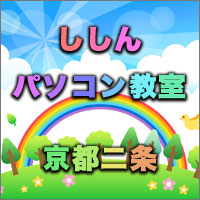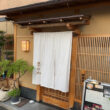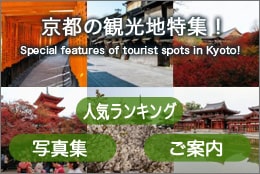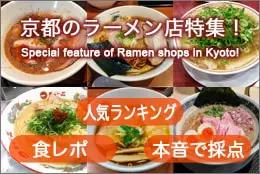Kyoto Butsuryu Museum
Posted date:2022-12-14Author:じゅうべい(Jubei) Transrator:ポンタ(Ponta)
Category:Buddhist Stories , Talk about Kyoto
広告
adsense4

What? Is there such an event taking in this place here now? I must go there. Let’s go there right now. Let’s go! As soon as I realized this, I hopped on a bus like a fast wind and hurried to the museum in front of Kitano Tenjin.
Well, here we are. Here it is.
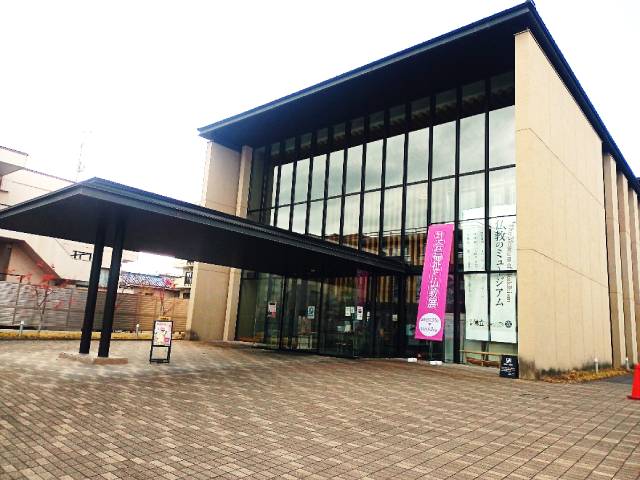
The Butsuryu museum. I see, it is a museum with considerable size. Here the event “Social welfare and Buddhism exhibition” is taking place. In addition, there is no admission fee. It is very thankful. “Social welfare and Buddhism.” I have been highly interested in the way they should be. There is absolutely no option not to go there.
Well, let’s be inside.
Oh, I was surprised that inside the building was very small. It is unexpectedly compact interior. And very quiet air envelopes the surroundings. I think this feeling of air is just suited for the Buddhism. Well, while enveloped by such air, I think I would like to look around slowly.
Then, I was got to receive an extreme impression.
Yeah, it was indeed wonderful. First of all, I was able to reaffirm that welfare and Buddhism are inherently very closely related.
adsense2
I am impressed that the word “welfare” itself had a deep relationship with Buddhism to begin with!
And the character for “welfare” means that the blessings of the gods and Buddha stop and continue there.
This alone shows how deeply Buddhism and welfare are related!
And this welfare activity based on Buddhism has been carried out by various people throughout the long history of Japan, from ancient times to the present day.
Take, for example, the example of Gyoki Bodhisattva, a famous folk priest if the Nara period.
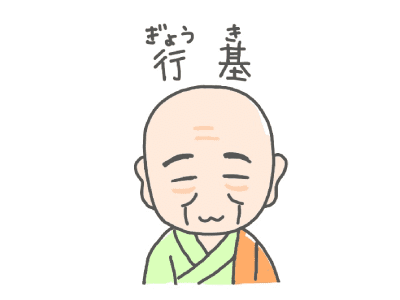
In the past, this person worked with the private sector to improve roads and build bridges over rivers, and did other activities to enrich the lives of a wide range of people, so these activities were welfare activities based on the Buddhist spirit of “compassionate enforcement”.
By the way
“Grief means “reaching out to those who suffer and groan.”
And “fuse” means “to give spiritual or material blessings.”
Gyoki Bodhisattva was a man who devoted himself to the practice of missionary work (welfare activities) with a “spirit of compassion” in order to enrich people’s lives. As a result, people put great trust in monks and temples, and they become believers in Buddhism.
Just by looking at Gyoki’s example, we can find great clues to the question of how we should walk and live as human beings. A certain warmth exists there.
The other is that “those who are needy in life are actually beings in which Monju Bodhisattva appears in disguise in order to arouse in us compassion.”
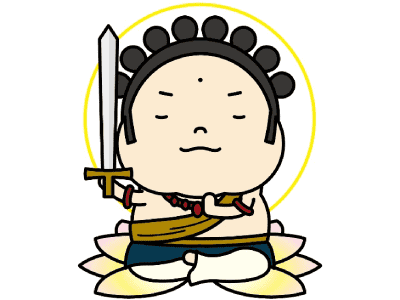
It was very interesting to be exposed to Buddhist ideas that promote action by transforming a seemingly negative existence into a positive one, such as the idea mentioned above.
These are just a few examples. In the course of tracing the history of people’s lives, such as Prince Shotoku, Empress Komyo, modern Buddhists, and the activities of Master Akimasa Komura of the Honmon Buturitu Sect, we can learn about the achievements of various people in the field of Buddhist welfare. If you are interested, please visit there.
Butsuryu Museum, the museum that shows “Dynamic Buddhism” with various special exhibitions. I’m sure you will find something special.
Kyoto Butsuryu Museum
- 〒602-8377 Kyoto Prefecture Kyoto City Kamigyo ward Onmaedori-Ichijo-noboru Higashitatu town 110
- TEL: 075-288-3344
- URL: https://hbsmuseum.jp/index.html
- Twitter: https://mobile.twitter.com/bukkyoujyosi
- Facebook: https://www.facebook.com/hbsmuseum/
- Opening hours: Weekdays: 10:00~16:00 Saturdays, Sundays, Holidays: 10:00~17:00
- Admission fee: free
- “Social Welfare and Buddhism Exhibition” will be held from November 25, 2022 to April 2, 2023.
- Public transportation:
・For JR users
After getting off JR Kyoto Station, get on City Bus 50 system or 101 system, and get off at “in front of Kitano Tenmangu Shrine” bus stop and walk 2 minutes.
After getting off JR Nijo Station, get on City Bus 55 system and get off at “in front of Kitano Tenmangu Shrine” bus stop and walk 2 minutes.
After getting off JR Enmachi Station, get on City Bus 203 system and get off at “in front of Kitano Tenmangu Shrine” bus stop and walk 2 minutes.・For subway users
After getting off Imadegawa Station, get on City Bus 51, 102, 203 system and get off at “in front of Kitano Tenmangu Shrine” bus stop and walk 2 minutes.
After getting off Nijo Station, get on City Bus 10 system and get off at “in front of Kitano Tenmangu Shrine” bus stop and walk 2 minutes.・For Hankyu trains users
After getting off Omiya Station, get on City Bus 55 system and get off at “in front of Kitano Tenmangu Shrine” bus stop and walk 2 minutes.
After getting off Saiin Station, get on City Bus 203 system and get off at “in front of Kitano Tenmangu Shrine” bus stop and walk 2 minutes.・For Keifuku trains users
After getting of Hakubai town Station, walk 5 minutes.
Author
じゅうべい(Jubei)
Hello everyone. I am Jubei, an earthling whose energy does not stop today. What I like is playing (manga, movies, music (J-Rock, etc.) and visiting cafes). Thank you for your understanding.
